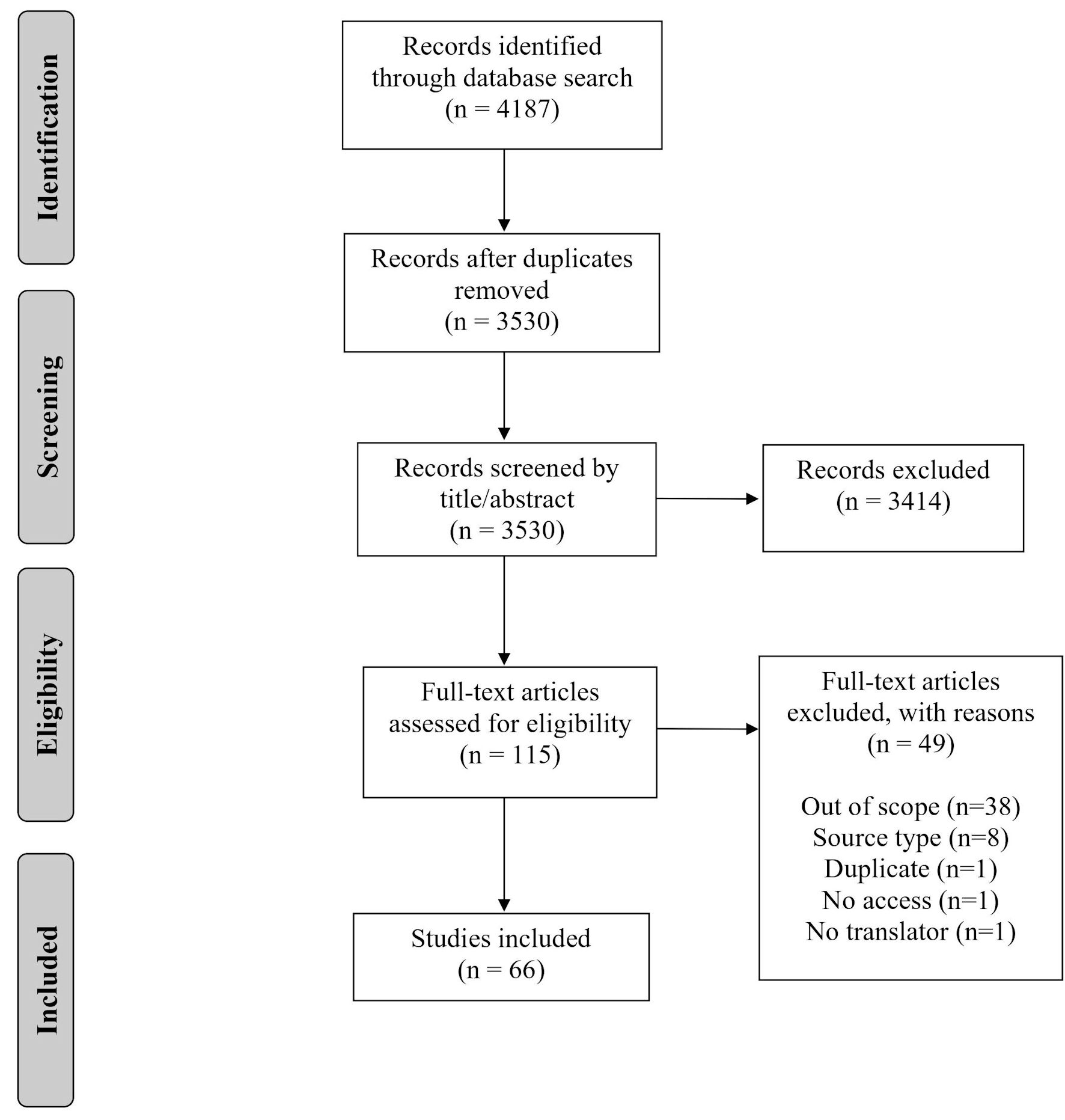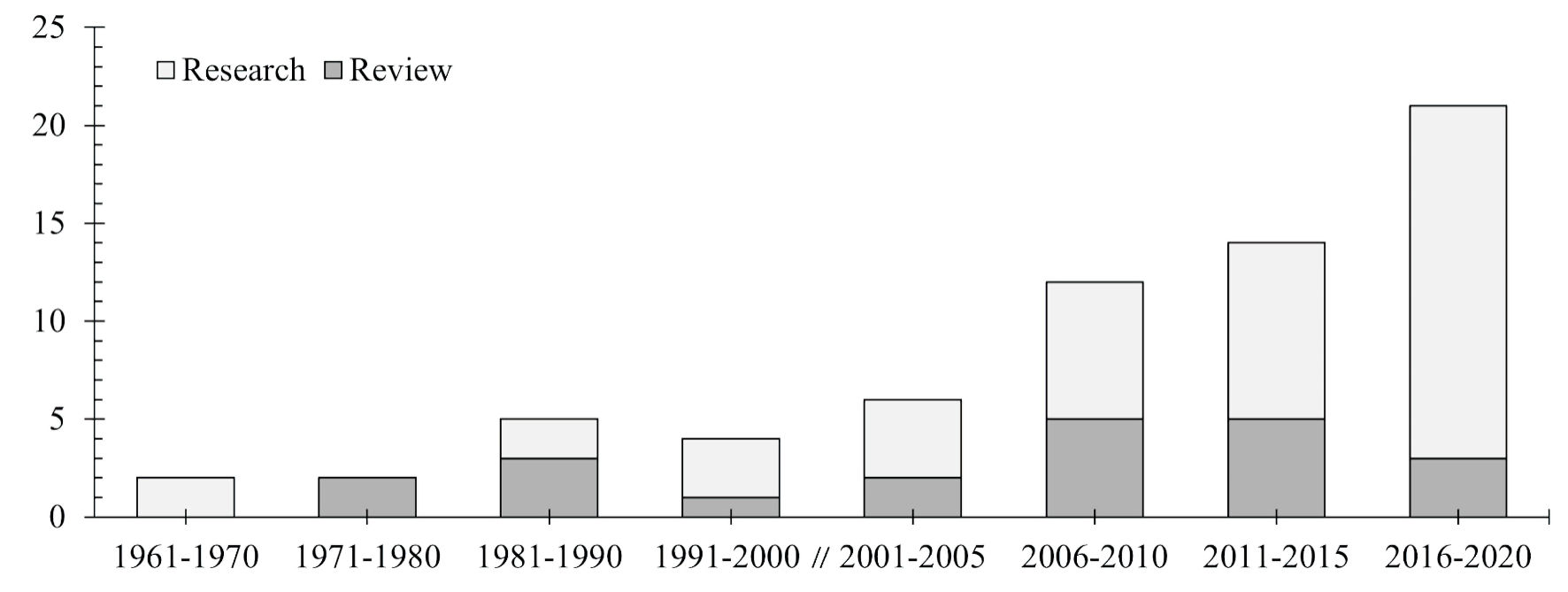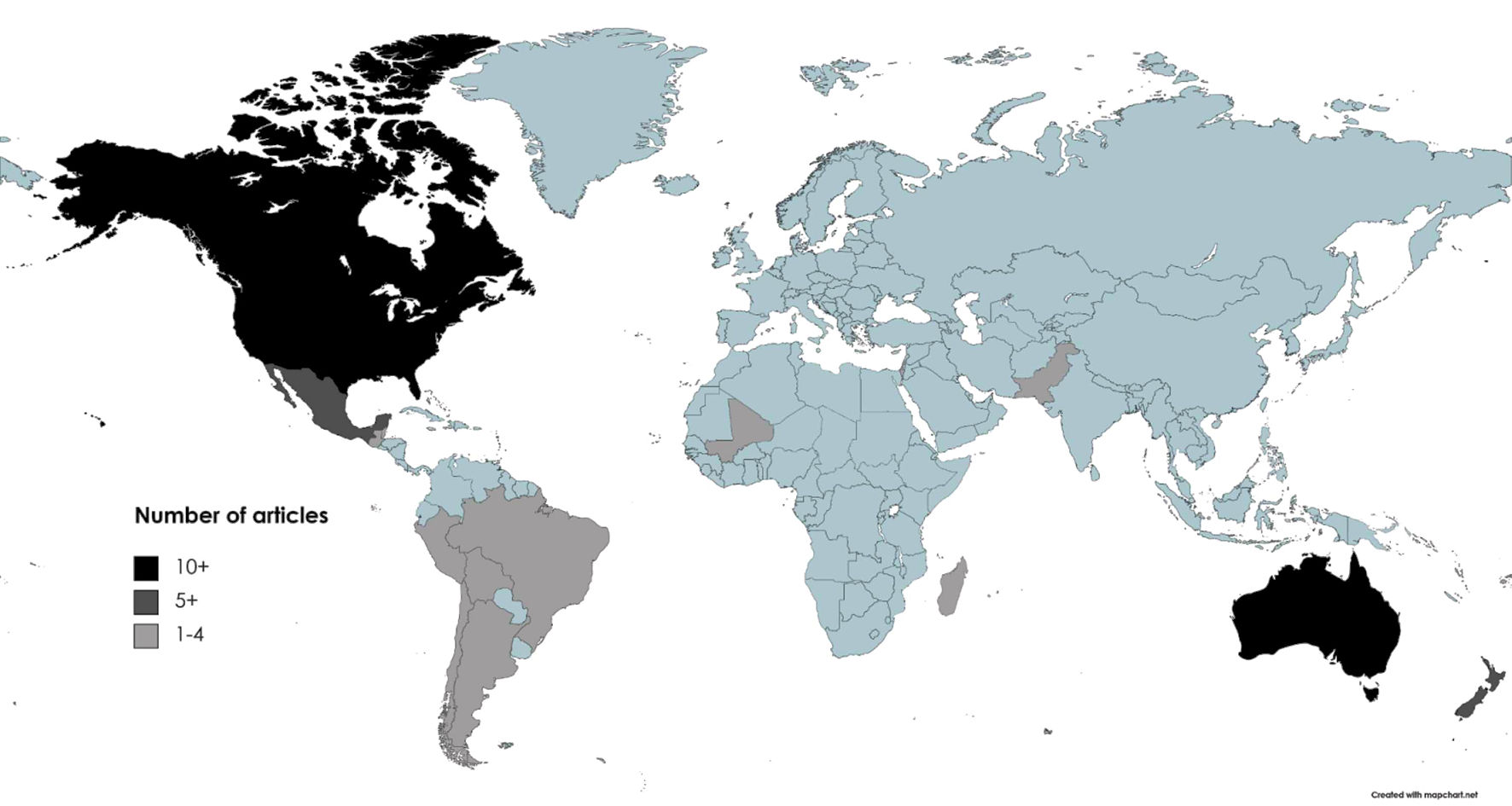
Figure 1. PRISMA flow diagram showing the process of inclusion of articles for the review [17]. PRISMA: Preferred Reporting Items for Systematic Reviews and Meta-Analyses.
| Journal of Neurology Research, ISSN 1923-2845 print, 1923-2853 online, Open Access |
| Article copyright, the authors; Journal compilation copyright, J Neurol Res and Elmer Press Inc |
| Journal website https://www.neurores.org |
Review
Volume 12, Number 2, August 2022, pages 43-53
Ways of Knowing of the Brain and Mind: A Scoping Review of the Literature About Global Indigenous Perspectives
Figures



Tables
| Overarching features | Results |
|---|---|
| Types of articles | 46 researches, 20 reviews |
| Languages | 59 English, 6 Spanish, 1 French |
| Years of publication range | 1963 - 2020 |
| Indigenous groups total, n | 60 |
| Indigenous community countries and regions (articles number, n) | USA (n = 17) |
| Australia (n = 14) | |
| Canada (n = 13) | |
| Mexico (n = 7) | |
| New Zealand (n = 7) | |
| Peru (n = 4) | |
| Belize, Brazil, Guatemala, Amazon rainforest (3 about each) | |
| Bolivia, Chile, Fiji (2 about each) | |
| Africa, Argentina, Israel, Madagascar, Mali, Pacific Islands, Pakistan, Kingdom of Tonga (1 about each) | |
| Corresponding authors’ countries of affiliation (articles number, n) | USA (n = 22) |
| Australia (n = 14) | |
| Canada (n = 12) | |
| New Zealand (n = 6) | |
| Brazil (n = 3) | |
| England (n = 2) | |
| France, Israel, Italy, Malaysia, Mexico, Peru, Spain (1 from each) | |
| Methods (articles number, n) | Consultations (n = 37) |
| Commentary or narrative (n = 14) | |
| Observational (n = 8) | |
| Case studies, literature reviews, survey, systematic reviews (3 of each) | |
| Analysis of artwork (n = 2) | |
| Cross-language analysis (n = 1) | |
| Participant characteristics (research articles number, n) | Adults (n = 28) |
| Healers (n = 13) | |
| Children and youth (n = 10) | |
| Elders (n = 5) | |
| Chiefs, grandmothers (1 about each) |
| Indigenous groups | Articles (n) |
|---|---|
| North America | 54 |
| Native American/American Indian (unspecified) [23, 25, 28-36] | 11 |
| First Nations or Aboriginal (unspecified) [22, 35, 37-39, 41] | 6 |
| Métis [37, 40-42] | 4 |
| Cree [24, 40, 43] | 3 |
| Inuit [37, 41, 42, 82] | 4 |
| Alaska Native [28, 31] | 2 |
| Ojibway [24, 40] | 2 |
| Tzeltal Maya [72, 81] | 2 |
| Aaniiih Gros Ventres [27], Anishnaabek people of Wiikwemkoong Unceded Territory [43], Arikara-Hidatsa [24], Aztec [44], Caribe [24], Dakota [35], Diné (Navajo) [45], Eastern Cherokee [24], Haida [24], Huichol (Wixarika) [46], Lakota [24], Mayas in the Altos de Chiapas [47], Native Hawaiian [48], Navajo [21], Penobscot [24], Pueblo of Santa Clara [25], Salteaux [42], Seneca [24], Tahltan First Nation [13], Taino [24], Tohono O’odham [24], White Mountain Apache [24], and Yaqui peoples [24] | 1 about each |
| Oceania | 33 |
| Aboriginal peoples of Australia (unspecified) [26, 29, 49-57] | 11 |
| Māori [58-64] | 7 |
| Torres Strait Islanders [26, 29, 38, 49, 54, 56, 57] | 7 |
| iTaukei Fijians from the Yasawa Islands [18, 19] | 2 |
| Pacific Islanders [48, 58] | 2 |
| Chamorro [65], Kokatha [20], Tongan [58], and Yolngu peoples (Golumala Clan) [66] | 1 about each |
| South America | 21 |
| Indigenous groups in South America (unspecified) [47, 67, 68] | 3 |
| Maya [24, 69, 70] | 3 |
| Kámayura [71, 72] | 2 |
| Mestizo [67, 73] | 2 |
| Uru-Chipaya [72, 74] | 2 |
| Chazutino [73], Cocama [73], Inca [47], Moro-Ayoreo [47], Q’eqchi’ Maya [75], Quechua [76], Quechua-Lamista [47], Selk’nam [72], and Yámanas peoples [72] | 1 about each |
| Africa | 3 |
| An Indigenous community in Africa (unspecified) [35], Dogon [77], and Sakalava peoples (in Ambanja, Madagascar) [78] | 1 about each |
| Asia | 2 |
| Israeli-Yemenite [79] and Kalasha people [80] | 1 about each |